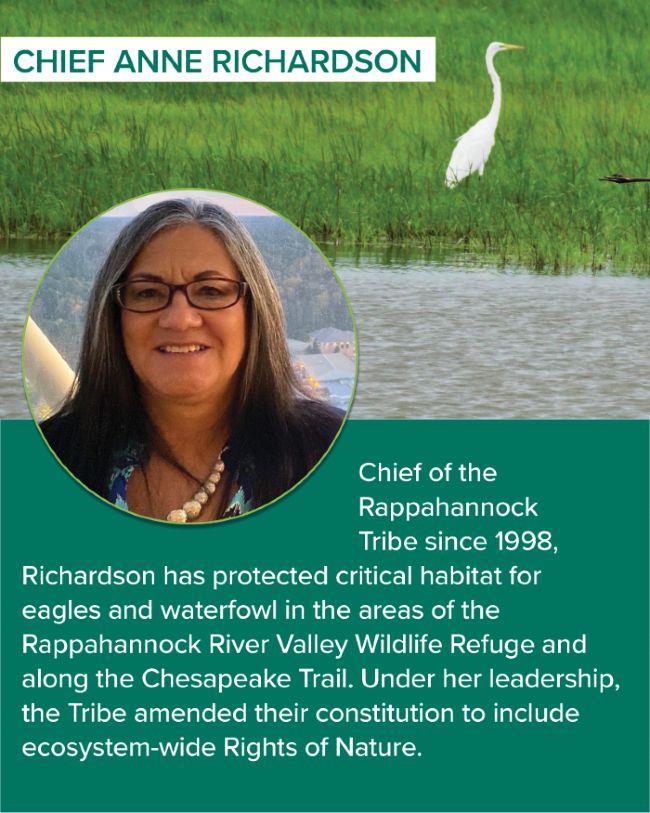Maryland Sea Grant
@mdseagrant.bsky.social
30 followers
29 following
91 posts
We’re a partnership with NOAA and administered by UMCES, funding #research, #education, & #outreach throughout the state of #Maryland. RTs ≠ endorsements.
Website: mdsg.umd.edu
Chesapeake Quarterly magazine: chesapeakequarterly.net
Posts
Media
Videos
Starter Packs
Pinned



























